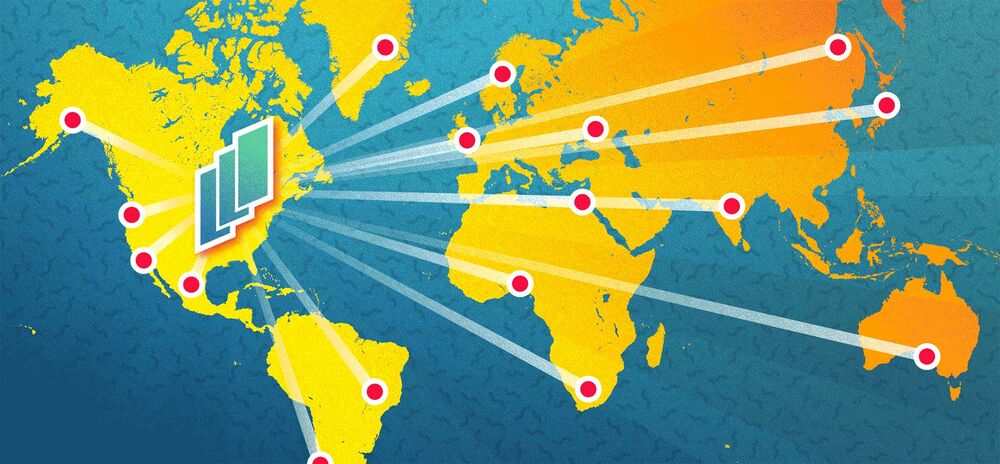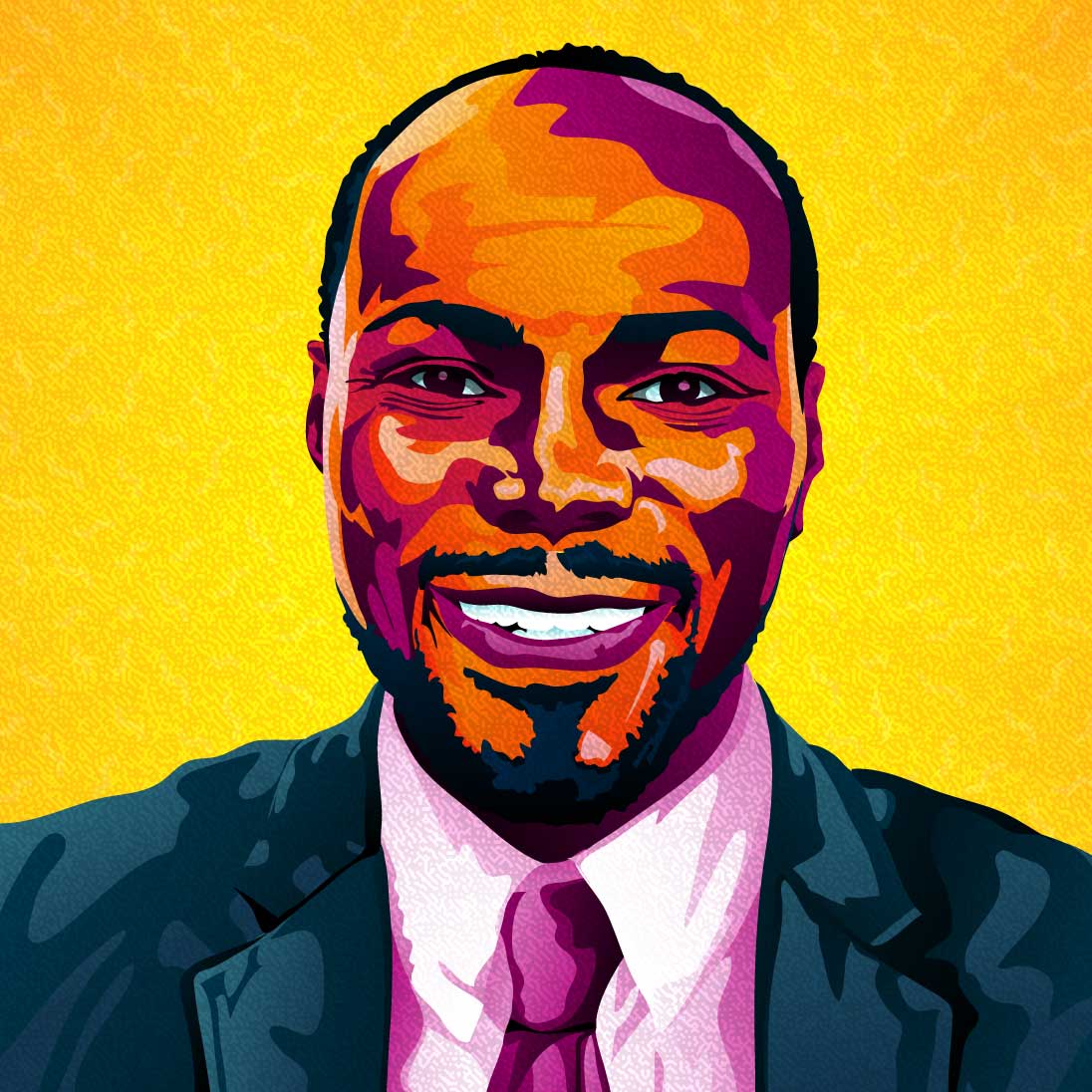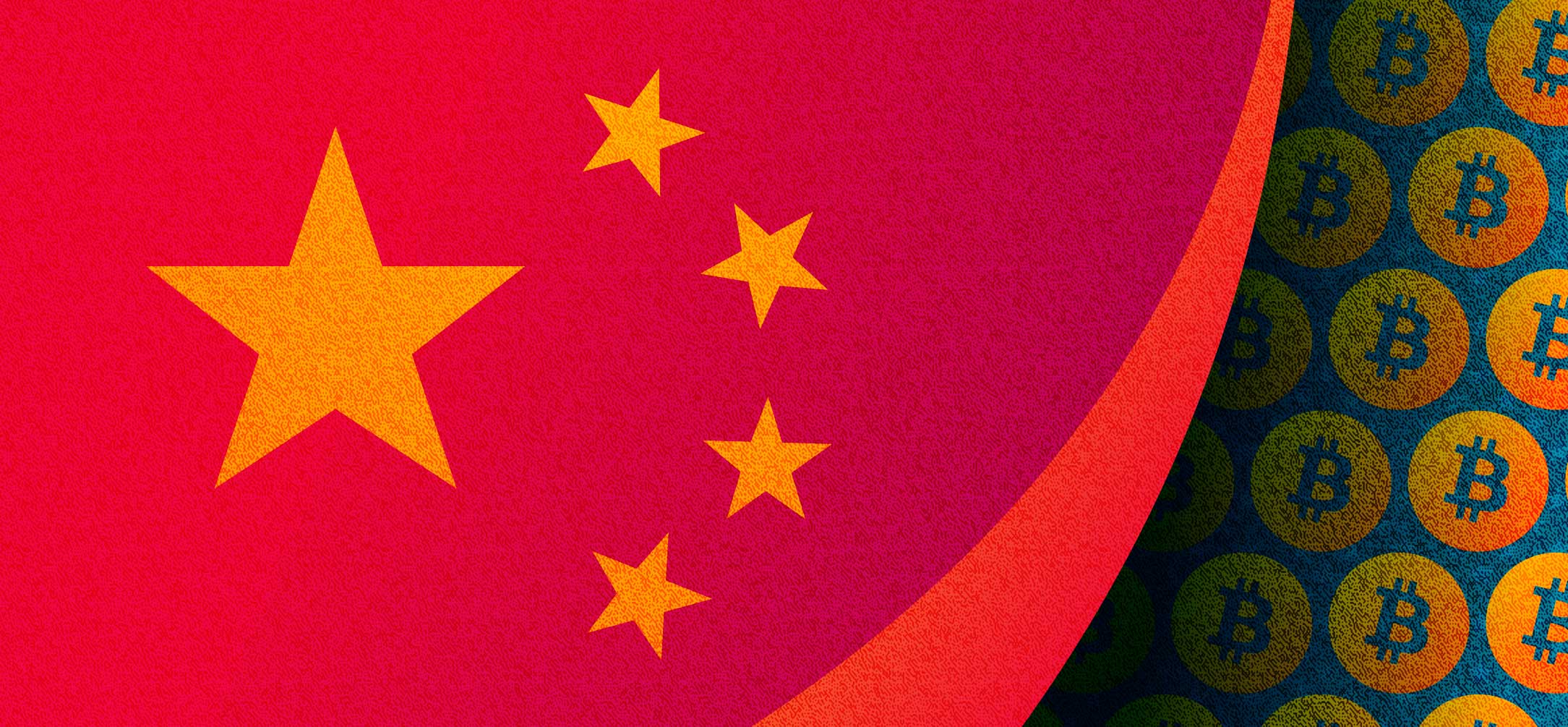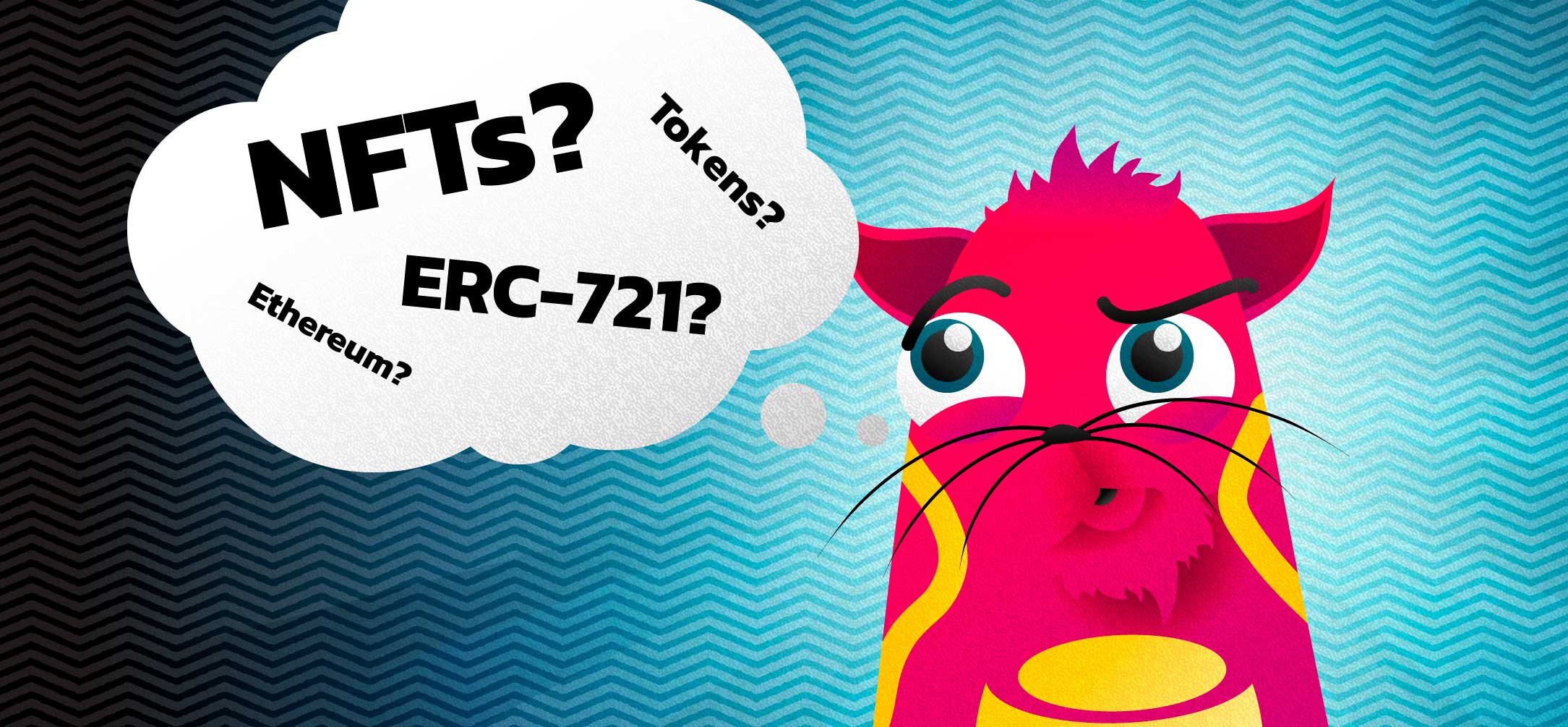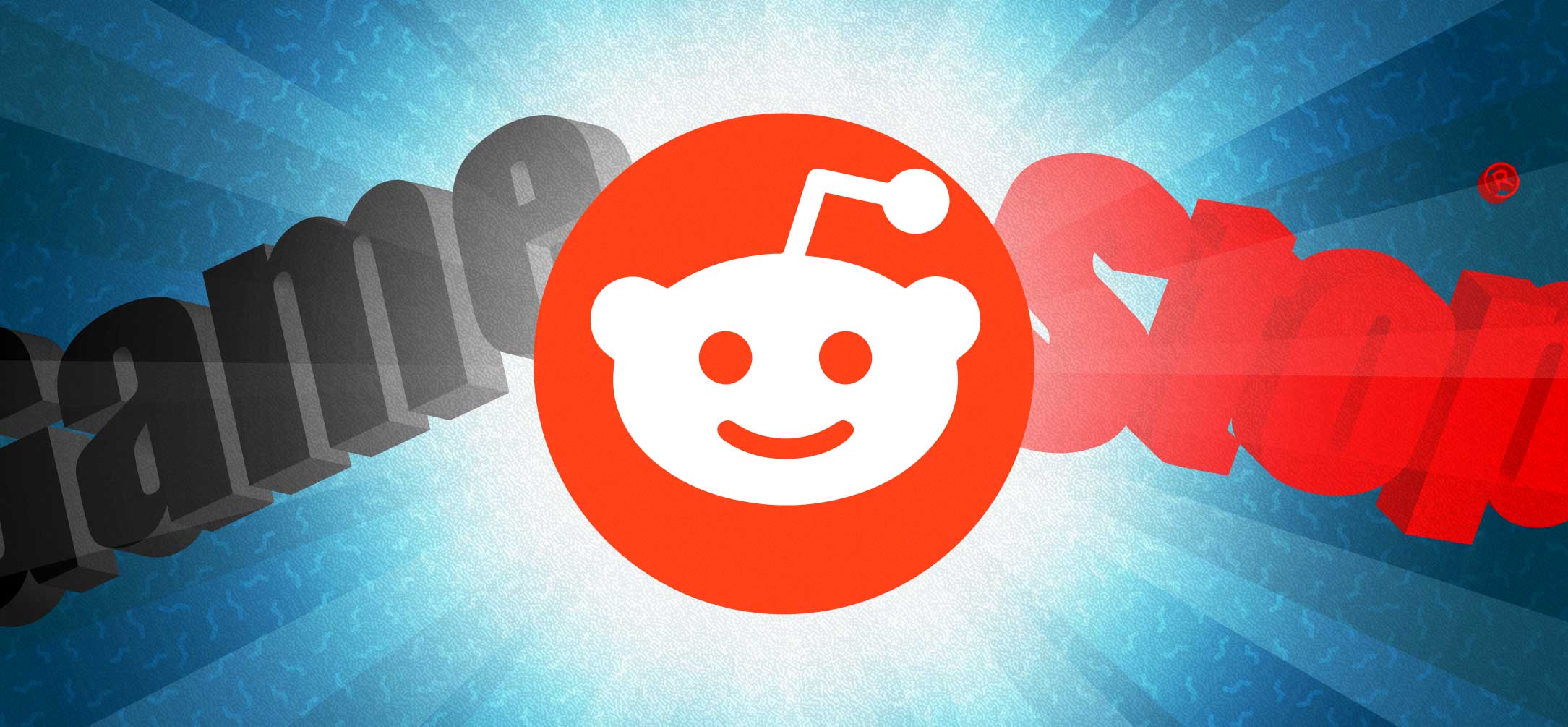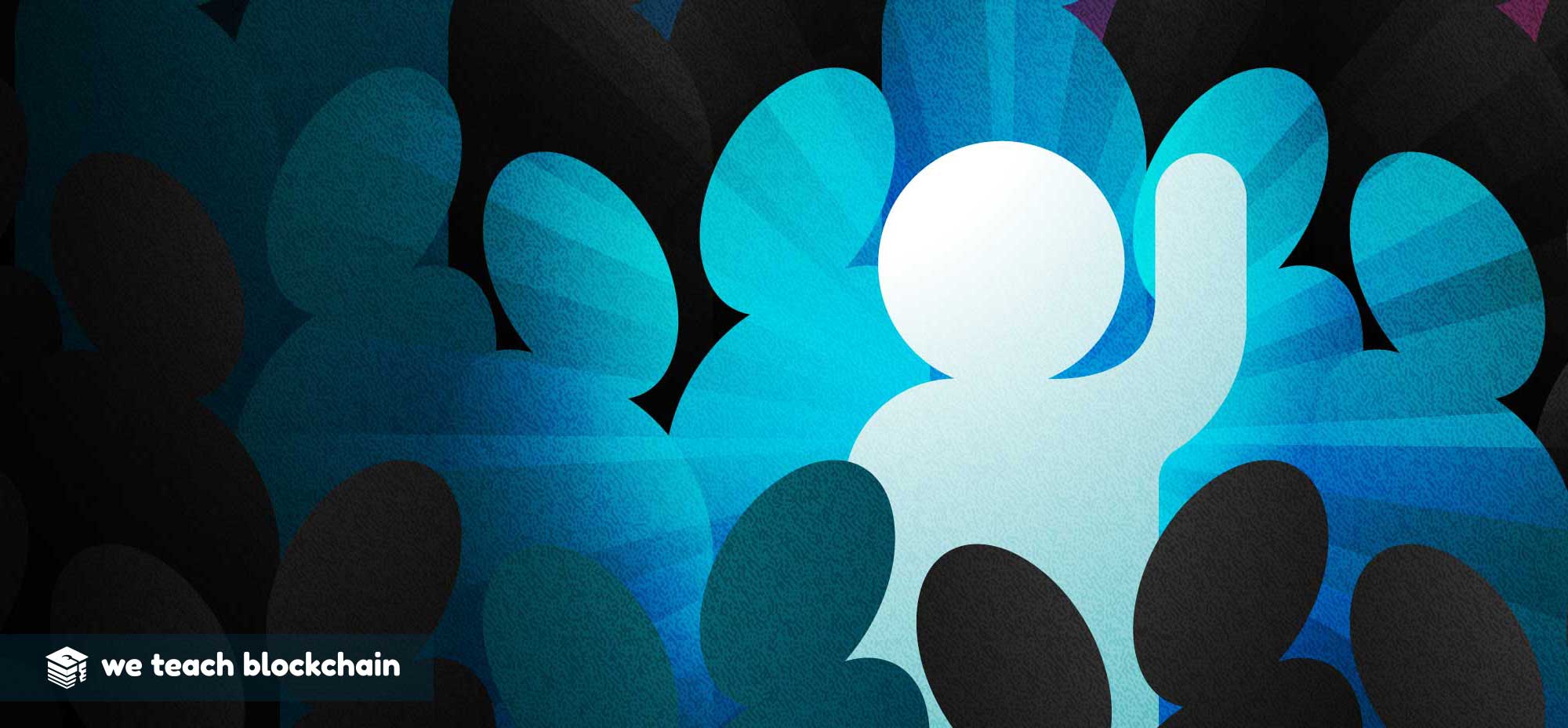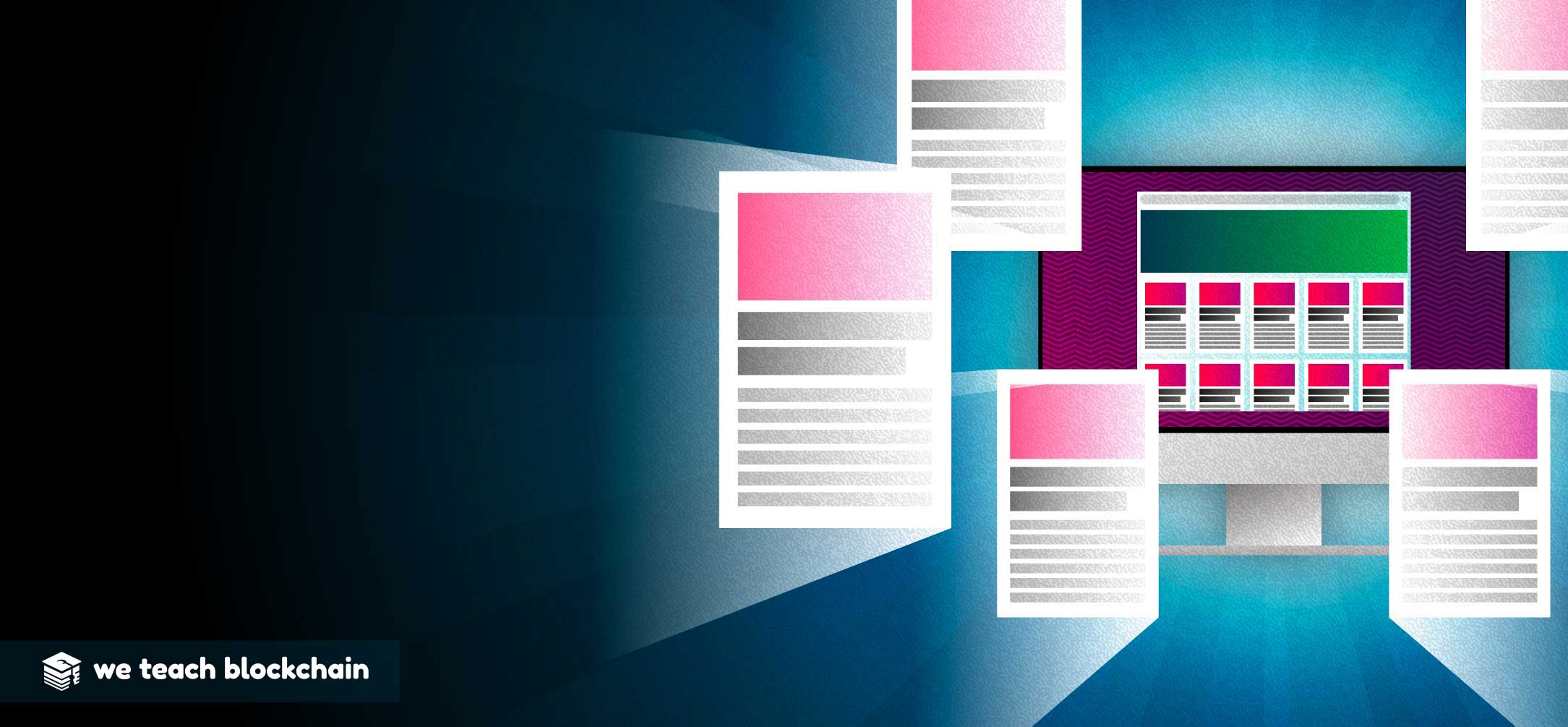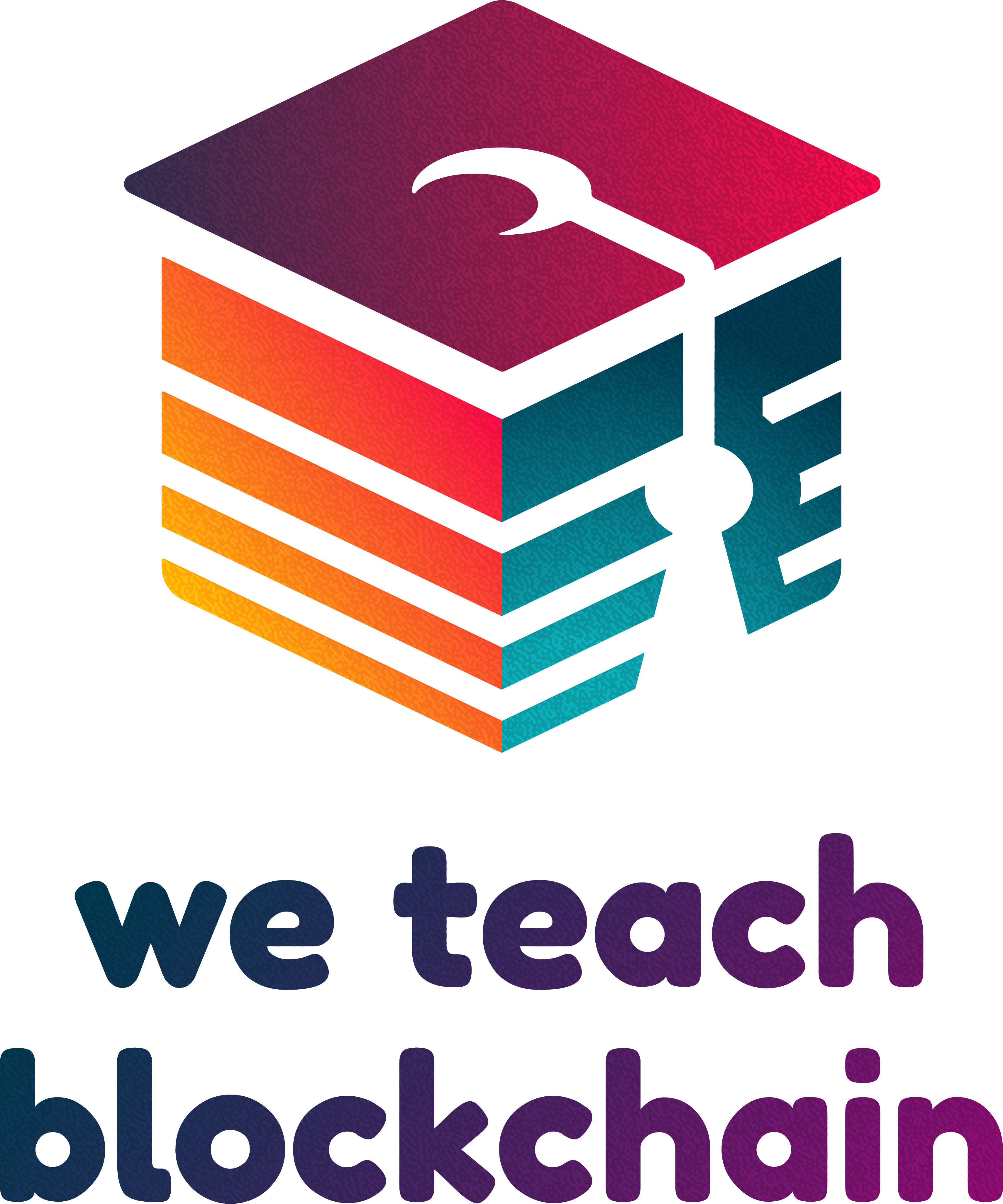Blockchain in Motion: Ecosystem Integration
by Giovanni KagueWhen we meet strangers for the first time, it is natural to have a lack of connection, but through connecting on common ground, trust becomes established. Transparency becomes the norm, and the best memories are those experiences that we can recollect and trace back with the utmost clarity, even down to those awkward and not so fun moments.
Instant Recollection: Transaction Traceability, Governance Decentralization, Encrypted Security
The best times are when a group of strangers connect, walk through a certain path together with trust, transparency, an unbreakable bond, a common ground based on everyone’s consensus, equal voices at the table, a sibling-like support system to avoid the patches, and an intuitive confidence about who you are, where you are, about the people that you are with, why you are there, and the consciousness about everything that you are doing.
Blockchain provides a cryptographically secured ordering of transactions and uses a practice known as “triple-entry accounting”. Traditionally, both the creditor and debtor each keep their own ledger of their business transactions. Blockchain transactions come with an additional public receipt that reflects this transfer of funds. Essentially, a transparent receipt with verified details is provided to the entire network.
Centralization is everywhere- let's decentralize instead.
In contrast to the decentralized design of blockchain networks, modern and traditional centralized servers compromise users' personal data security. Decentralized networks are made up of egalitarian members that distribute data across the network.The problem with centralized servers is that every single transaction goes through one place. This client-server model extends to how we interact with each other today. When we send a Facebook message to our friends, we are not sending that message directly to your friend. No, that message has to be facilitated and transmitted by facebook’s servers.
The problem with this model is that the information we send that goes through that server doesn’t stay private. These servers often log our personal data for their own profit driven purposes. These servers that are really there to facilitate transactions of data also have the side effect of being central repositories for your data. Data people are willing to spend money to obtain. This can include our credit card and social security numbers. This isn’t just a theory. It’s already happening. There are too many hacks to mention all of them.
The most recent attack on 23 July 2020 was directed at the fitness watch producers Polar and Garmin. Here, a ransomware was used to paralyze almost the entire network of providers. Ransomware is a very lucrative method for criminals to get at other people’s money. Here, it is not only important data is encrypted and access to the computer network is restricted. Free of charge there is a blackmailing ransom demand to decrypt the data or to get access again. In such an attack, the networks are paralyzed, users can no longer access and synchronize their profiles, in short, nothing works. But what if the data is not only encrypted, but completely stolen and sold? Technically, it is definitely possible with centralized management and storage of the data.
From Strangers to Friends for a Purpose
While we are all strangers at one point or another in our lives, we are united again and again by one very important cause: our human necessity to evolve as a civilization. I find it engagingly exciting that we have built a story on top of a technology that shares the same DNA as that of human civilization since the beginning of time. Frankly, this is the digital transformation story that is yet to be told around the campfire.
Satoshi Sets the Pace
The symbolism of Satoshi Nakamoto is that: it is not about the 1st person, nor the first node; It is not about the group of people, nor is it about the group of nodes; but It is about that inherent human quality to look within ourselves, and find our human ability to connect on a common ground, and as we look forward in excitement, we find the exact same nodes holding our hands while we walk through a chosen path together. We become the best versions of ourselves because we are committed to the best version within each other.
Who is Satoshi?
Satoshi Nakamoto was the pseudonym that was used by the creator, or creators, of the Bitcoin network, a Blockchain network we use today to transact and exchange digital currency for goods of any kind. While no one knows Satoshi Nakamoto’s true identity, the information which allows us some insight into the creators’ motivation are:
- The 2008-2009 Global Financial Crisis which led to the collapse of the Investment Banks
- A digital peer-to-peer digital cash with no central authority
Sprint to Connect the Ecosystem
The role of the ecosystem is to reflect the depth of our connection thus far as a civilization. How the conditions are in 2020, 2025, and 2030, will depend on our ability to connect. This is the reason why I have developed an intuitive confidence about who I am, where I am, about the people that I am with, why I am here, and the consciousness about everything that I am doing: Passionately Integrating an ecosystem, End-End, with fellow like-minded nodes, to lead the next humane revolution: A digital transformation story that has been told since the fire was invented by mankind.
Example: Blockchain in Motion
A theory into practice user experience of a blockchain app is through the usage of health and fitness decentralized mobile application, provided by the company BeFaster.fit . This story covers the blockchain App experience of Alex and her friends as they use the App to connect for runs, further strengthening their fitness and common bond as friends.
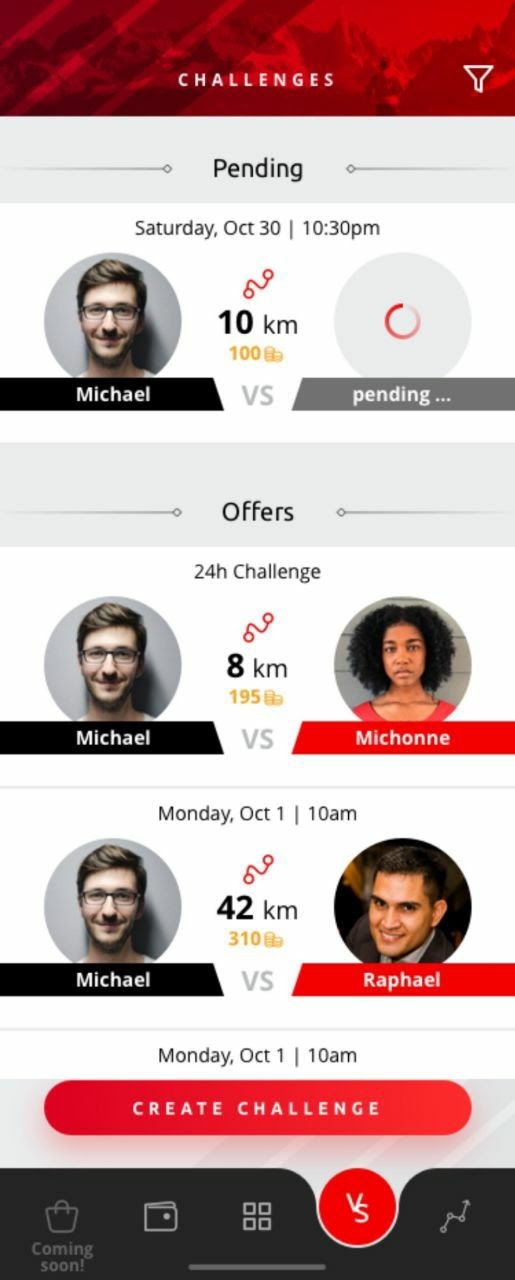
First Contact
Alex is a hobby runner. She goes regularly for runs but has never participated in any contests or competitions. A friend of hers, Paul, who actively competes in 5 kilometers and 10K run, recommends the app BeFaster to her. Paul explains to Alex that the app functions as a runtracker, using blockchain technology to save her progress and reward her with cryptocurrency and cash, and explains to her that the App serves as a tool to have some friendly competition between them to get in shape. Alex owns an Android device, so she goes to the Google Playstore and downloads the app.First Steps
Within the app, Alex sets up her user profile. She chooses an avatar and a username and classifies herself as ‘undefined’. The app tells her that her fitness level needs to be classified so she can enter into competitions with other users to earn cryptocurrency coins and local fiat money like the dollar and the Euro.
The app asks her if there is anybody, she knows who also uses the app. Alex enters Paul’s username, and connects to him as her first ‘running mate’. Alex is rewarded with some crypto(BeFasterCoin) through a blockchain smart contract. Next, Alex is asked if she wants to complete the running tutorial to generate more coins. Since the coins hint at some depths, Alex agrees to do the tutorial to see what else the app has to offer.
Every challenge at BeFaster is a Smart Contract. In the main screen you can see all the appointments that have been made as well as all the others. You can also see which challenges are still in negotiation mode. Of course, you can look at your own offers that have not yet been accepted and edit them.
The app explains Alex the core loop of BeFaster: that through running, users generate cryptocoins, the BFC, which can then be used in the app to compete against other users and be used as vouchers for apparels. Alex agrees to get her fitness level. She fills in further user details like age, weight, apparels (shoe, shirt, shorts) size, and running habits, and is then told that for the evaluation (coin generating process) to start, she needs to take three runs with the app. As a reward for finishing the evaluation, the app promises further Coins. Even though Alex isn’t too sure about the value of the Coins yet, she decides to use the spur of the moment and goes for a run.
When starting the runtracker and putting in the probable distance she wants to run, the app asks her, if she wants to compete informally against a user in the BeFaster blockchain network. Alex is intrigued and agrees. She gets shown an anonymous user with their private profile: somebody who ran Alex’s usual course of 7 km in slightly over half an hour. Alex chooses to compete against that profile and the app asks her if she would like ‘audio prompts’ about her progress. Because she’s unfamiliar with the concept, Alex agrees.
Off to her run.
She usually listens to music while running and is slightly surprised when shortly after starting her run, the volume is toned down and a male voice tells her that the competing profile is 150 steps up ahead. Alex grins and picks up her pace to overtake her unknown runner.
After a while, the male is back, telling her that she has indeed overtaken her anonymous rival! But this slightly faster pace than Alex is used to is taking its toll, and even though she manages to maintain her lead and ‘win’ this race, she is more exhausted than usual. But when she realizes that she got rewarded with some coins for the runs, she feels even better about her efforts. When mining the blockchain, a mining competition occurs whereby the person who mines faster takes the mined currency of the competition.
The app logs the run and tells Alex that she will need to do two more runs to complete the fitness evaluation. It’s offering to set reminders in the app’s calendar, to send Alex notification so she doesn’t forget. Even though Alex has a regular running schedule and is not likely to forget, she still tries out the calendar function and sets the next two evaluation runs in two and four days. Afterwards, she closes the app and takes a shower.
Summary
BeFaster.fit’s decentralized application is a good example of using blockchain in the sports industry to connect like-minded individuals with a common goal to run so that the running process can become a cohesive ecosystem, not only reflected through the mirror as runners see their personal fitness progress, however reflected through the positive social impact one application can provide to an audience eager to connect better with others and be faster in their fitness, life, and finances associated: A digital transformation story that has been told since the fire was invented by mankind.
As we venture into 2021, 2025, and 2030, I’m excited to see how cross-industry applications in the health and fitness ecosystem integrate into a mesh ecosystem to help each other and customers evolve collectively as a human civilization.
Next Step
BeFaster.fit’s decentralized application is a good example of using blockchain in the sports industry to connect like-minded individuals with a common goal to run so that the running process can become a cohesive ecosystem, not only reflected through the mirror as runners see their personal fitness progress, however reflected through the positive social impact one application can provide to an audience eager to connect better with others and be faster in their fitness, life, and finances associated: A digital transformation story that has been told since the fire was invented by mankind.
If you like Alex’s experience, you can have it too by downloading the BeFaster.fit App scheduled to be released in Android Playstore and IOS Appstore near the end of 2020. You can use the App for the holidays to maintain your weight, get fit, and get gifts that your peers, friends, and family will love! In the meantime, remain eager to be faster.
At its core, BeFaster is a runtracker. Users download it to go for runs, to track runs, and to be reminded of runs, however, BeFaster.fit goes further than that - BeFaster offers a lifestyle application and a universe of fit-commerce in-app experiences to make running a lifestyle choice.
Like, share, comment, and ignite your spark to be faster.
